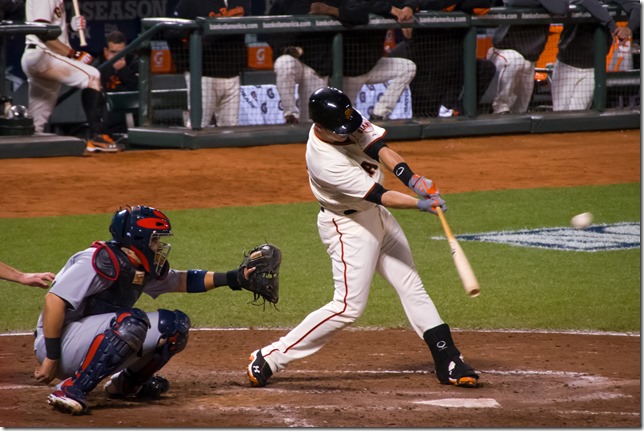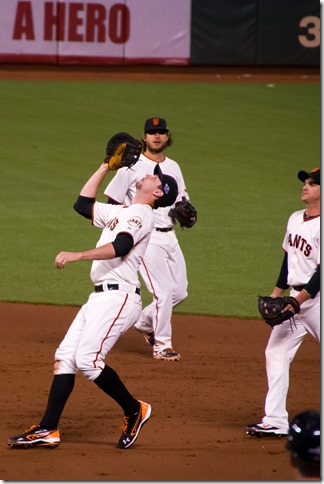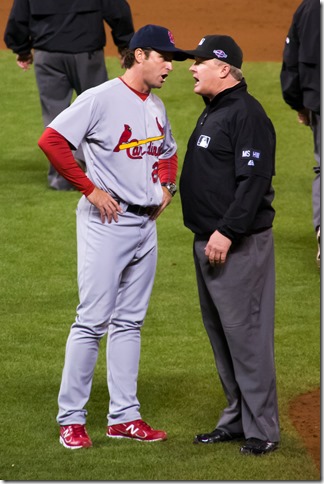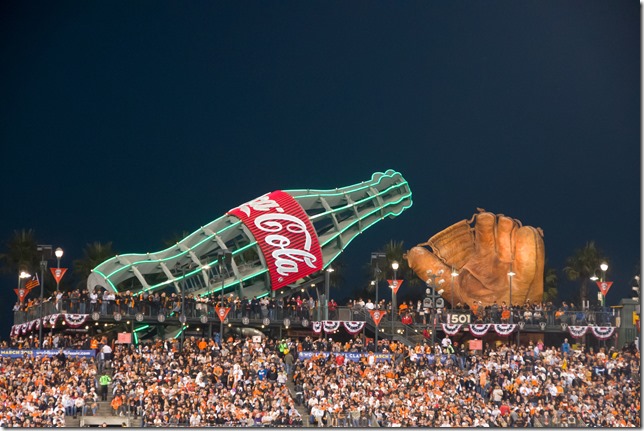- Photo Safaris
- Alaska Bears & Puffins World's best Alaskan Coastal Brown Bear photo experience. Small group size, idyllic location, deluxe lodging, and Puffins!
- Participant Guestbook & Testimonials Candid Feedback from our participants over the years from our photo safaris, tours and workshops. We don't think there is any better way to evaluate a possible trip or workshop than to find out what others thought.
- Custom Photo Tours, Safaris and Personal Instruction Over the years we've found that many of our clients & friends want to participate in one of our trips but the dates we've scheduled just don't work for them or they'd like a customized trip for their family or friends.
- Myanmar (Burma) Photo Tour Myanmar (Burma) Photo Tour December 2017 -- with Angkor Wat option
- Reviews Go hands-on
- Camera Reviews Hands-on with our favorite cameras
- Lens reviews Lenses tested
- Photo Accessories Reviews Reviews of useful Photo and Camera Accessories of interest to our readers
- Useful Tools & Gadgets Handy tools and gadgets we've found useful or essential in our work and want to share with you.
- What's In My Camera Bag The gear David Cardinal shoots with in the field and recommends, including bags and tools, and why
- Articles About photography
- Getting Started Some photography basics
- Travel photography lesson 1: Learning your camera Top skills you should learn before heading off on a trip
- Choosing a Colorspace Picking the right colorspace is essential for a proper workflow. We walk you through your options.
- Understanding Dynamic Range Understanding Dynamic Range
- Landscape Photography Tips from Yosemite Landscape Photography, It's All About Contrast
- Introduction to Shooting Raw Introduction to Raw Files and Raw Conversion by Dave Ryan
- Using Curves by Mike Russell Using Curves
- Copyright Registration Made Easy Copyright Registration Made Easy
- Guide to Image Resizing A Photographers' Guide to Image Resizing
- CCD Cleaning by Moose Peterson CCD Cleaning by Moose Peterson
- Profiling Your Printer Profiling Your Printer
- White Balance by Moose Peterson White Balance -- Are You RGB Savvy by Moose Peterson
- Photo Tips and Techniques Quick tips and pro tricks and techniques to rapidly improve your photography
- News Photo industry and related news and reviews from around the Internet, including from dpreview and CNET
- Getting Started Some photography basics
- Resources On the web
- My Camera Bag--What I Shoot With and Why The photo gear, travel equipment, clothing, bags and accessories that I shoot with and use and why.
- Datacolor Experts Blog Color gurus, including our own David Cardinal
- Amazon Affiliate Purchases made through this link help support our site and cost you absolutely nothing. Give it a try!
- Forums User to user
- Think Tank Photo Bags Intelligently designed photo bags that I love & rely on!
- Rent Lenses & Cameras Borrowlenses does a great job of providing timely services at a great price.
- Travel Insurance With the high cost of trips and possibility of medical issues abroad trip insurance is a must for peace of mind for overseas trips in particular.
- Moose Peterson's Site There isn't much that Moose doesn't know about nature and wildlife photography. You can't learn from anyone better.
- Journeys Unforgettable Africa Journeys Unforgettable -- Awesome African safari organizers. Let them know we sent you!
- Agoda International discounted hotel booking through Agoda
- Cardinal Photo Products on Zazzle A fun selection of great gift products made from a few of our favorite images.
- David Tobie's Gallery Innovative & creative art from the guy who knows more about color than nearly anyone else
- Galleries Our favorite images
Why I’m really loving my Nikon D600: A night at the ballgame
Why I’m really loving my Nikon D600: A night at the ballgame
Submitted by David Cardinal on Tue, 10/16/2012 - 22:43
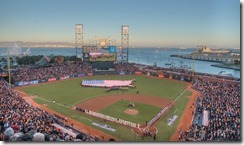 I’ve had my Nikon D600 for almost a month now, and it continues to surprise me. I gave its full-frame capabilities a workout in low light and was quite impressed. Yesterday I threw it a curve ball by heading off to a night baseball game where I needed to use an inexpensive lens in crop mode to get the framing I wanted (as a fan, rather than a media-credentialed photographer I was limited as to what type of gear I could carry in to a Major League Baseball playoff game). So I brought the Nikon D600 with a Sigma 18-250 “DX format” lens, along with my Nikon 24-85mm lens for environmental shots.
I’ve had my Nikon D600 for almost a month now, and it continues to surprise me. I gave its full-frame capabilities a workout in low light and was quite impressed. Yesterday I threw it a curve ball by heading off to a night baseball game where I needed to use an inexpensive lens in crop mode to get the framing I wanted (as a fan, rather than a media-credentialed photographer I was limited as to what type of gear I could carry in to a Major League Baseball playoff game). So I brought the Nikon D600 with a Sigma 18-250 “DX format” lens, along with my Nikon 24-85mm lens for environmental shots.
Professional sports are fairly well lit, so that TV images look good, but to get action-freezing frames, I still needed to use ISOs ranging from 3200 to 6400. Obviously with a larger and more expensive f/2.8 lens I could have kept that a little lower, but it still provided another great torture test for the Nikon D600 and its sensor. I was pretty stunned by the results. For the most part the images were usable straight out of the camera, well-balanced, nicely-saturated, and low noise. Just to repeat, for purists, of course if I was being paid to photograph the event and publish photos I would have used a faster lens and a lower ISO, but the point of the test is to see what’s possible.
The Nikon D600 let me run the ISO up enough to freeze Buster Posey mid-swing.
This DX format image was further cropped to focus on the action.
The biggest thing which made this test different than my previous high-ISO work with the Nikon D600 was that I used a DX format lens. As you may know, putting a DX (APS-C) lens on a full-frame (FX) camera results in capturing images from the center portion of the sensor. On the good news front, that makes life easier for the sensor and lens combination by only cherry-picking the middle portion of the image. However, it also means that the effective resolution of the sensor is cut by more than half (at 2/3 as high and 2/3 as wide, the center section has 4/9ths as many pixels). For the Nikon D600, which is a 24MP camera, the cropped image winds up being a little less than 11MP. While that used to seem like a big number, it isn’t any more. So I was a bit worried about how the results would look.
This image was cropped almost 75% beyond DX mode,
to focus in on the action.
I definitely didn’t need to worry. Given the constraints – an inexpensive “kit” lens, super-high ISOs, DX mode, and action photography, the results were pretty impressive. Certainly nothing that would survive life at a stock photo agency, but clean and colorful. On the ergonomics front, I didn’t love the 5.5 fps limit of the Nikon D600 when trying to get a few frames during a swing or a catch – I’m keeping an 8 fps camera for when I really need to do pro-quality sports photography – but the buffer was plenty large when I had fast SD cards in the camera, so I didn’t feel limited in the amount of shooting I could do. That said, 5.5 fps didn’t feel that slow, it just didn’t give me quite as many frames during a short action burst as I’m used to.
Like the other images, this image was even further cropped
to focus in on the Cardinal manager arguing a call.
Obviously the Nikon D600 is no Nikon D4 when it comes to action. It is half the speed and has a lower-end AF system, but it is 1/3 the price and 1/2 the weight. The AF was also surprisingly good in the very low light, even with a very inexpensive lens. I found that pretty impressive. So all in all, I’m really happy I’ve invested in a Nikon D600 camera and expect to use it as my main DSLR for quite awhile. DX shooters painfully waiting for the unicorn-like D400 may well want to consider to buying in, if they have any interest in full frame to get some great wide-angle and low-noise options. Full-frame shooters piqued by the slow frame rate of the Nikon D800 should also consider the less-expensive Nikon D600 unless they need the massive resolution of the 800.
This HDR image was fun, although certainly not the most challenging for the camera.
It did take advantage of Optical Image Stabilization of the Sigma 18-250mm lens.
- Log in to post comments

